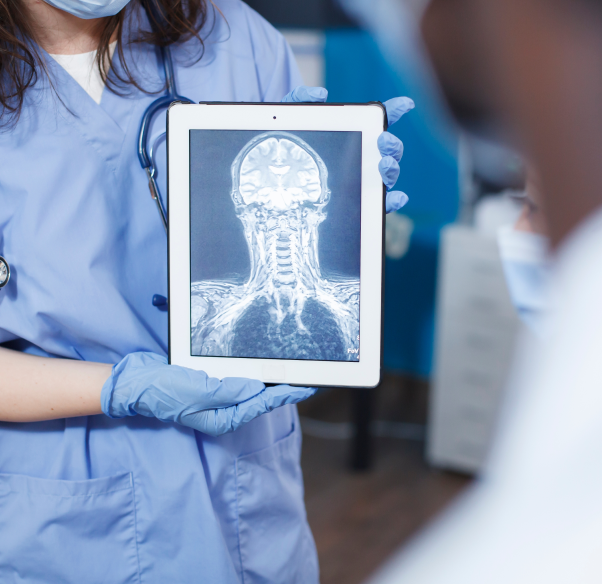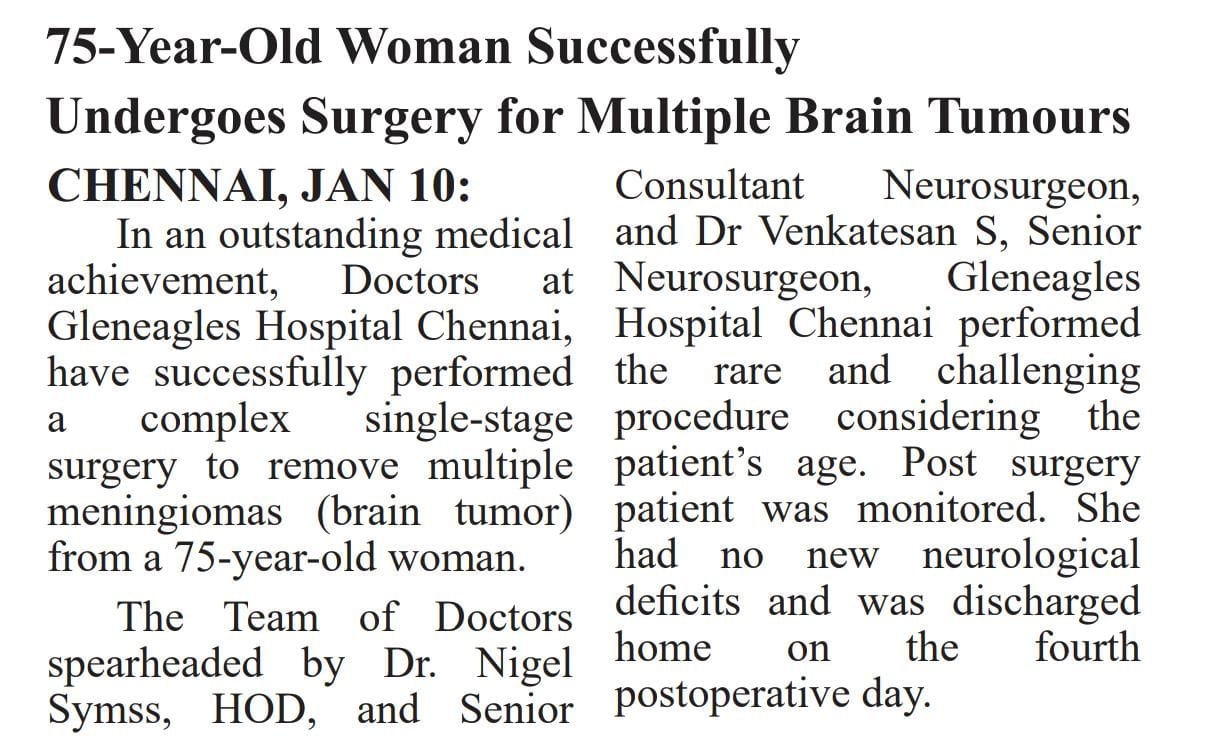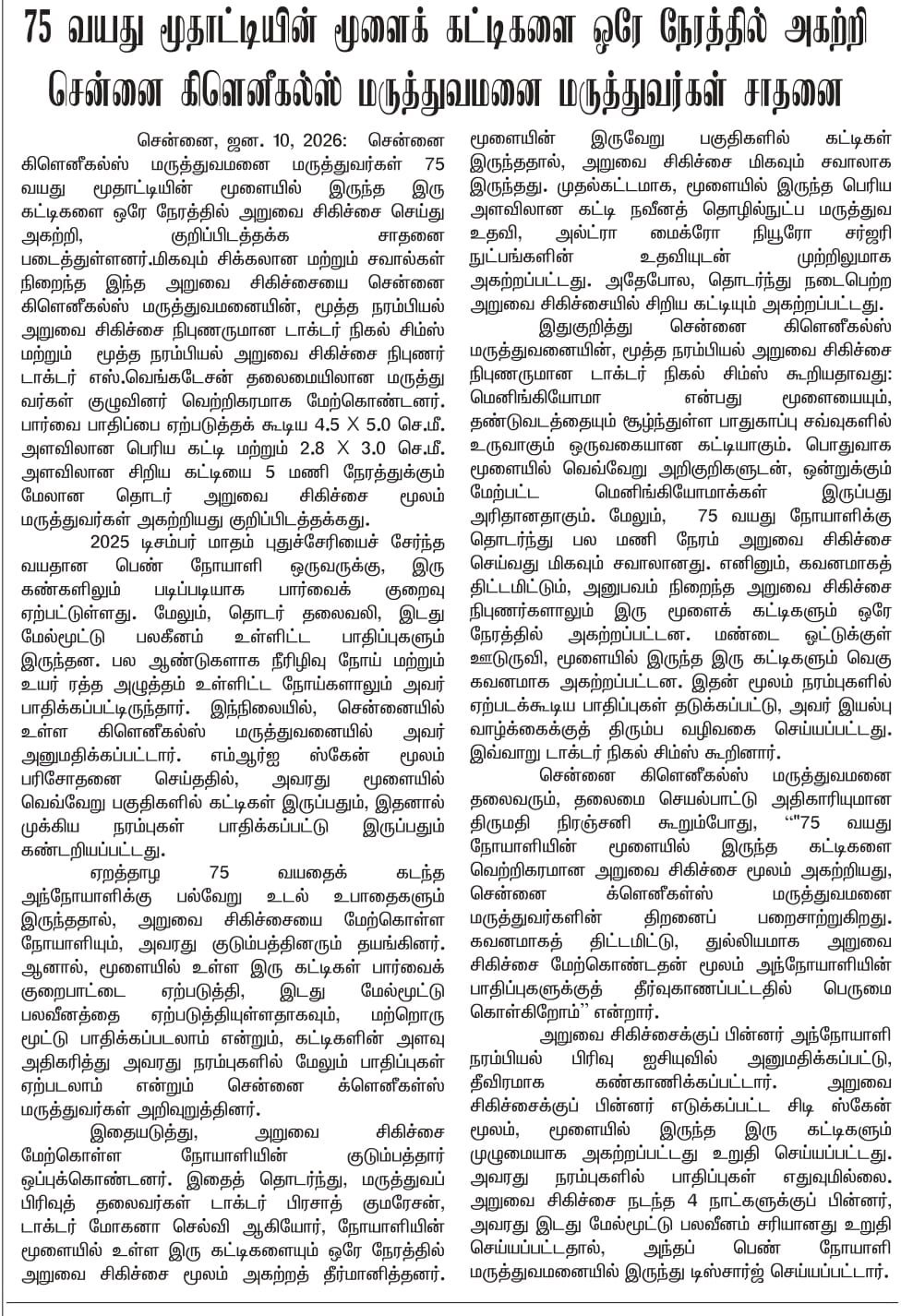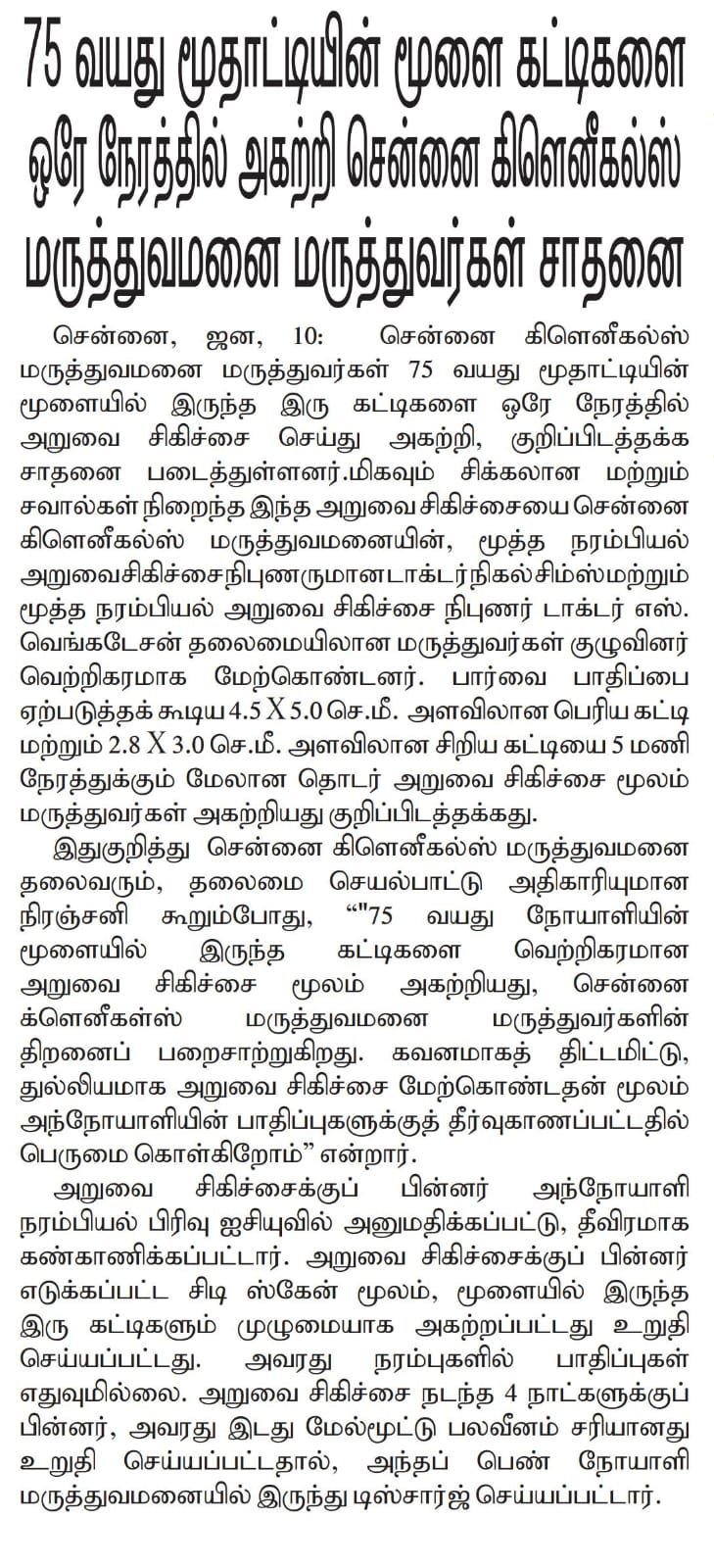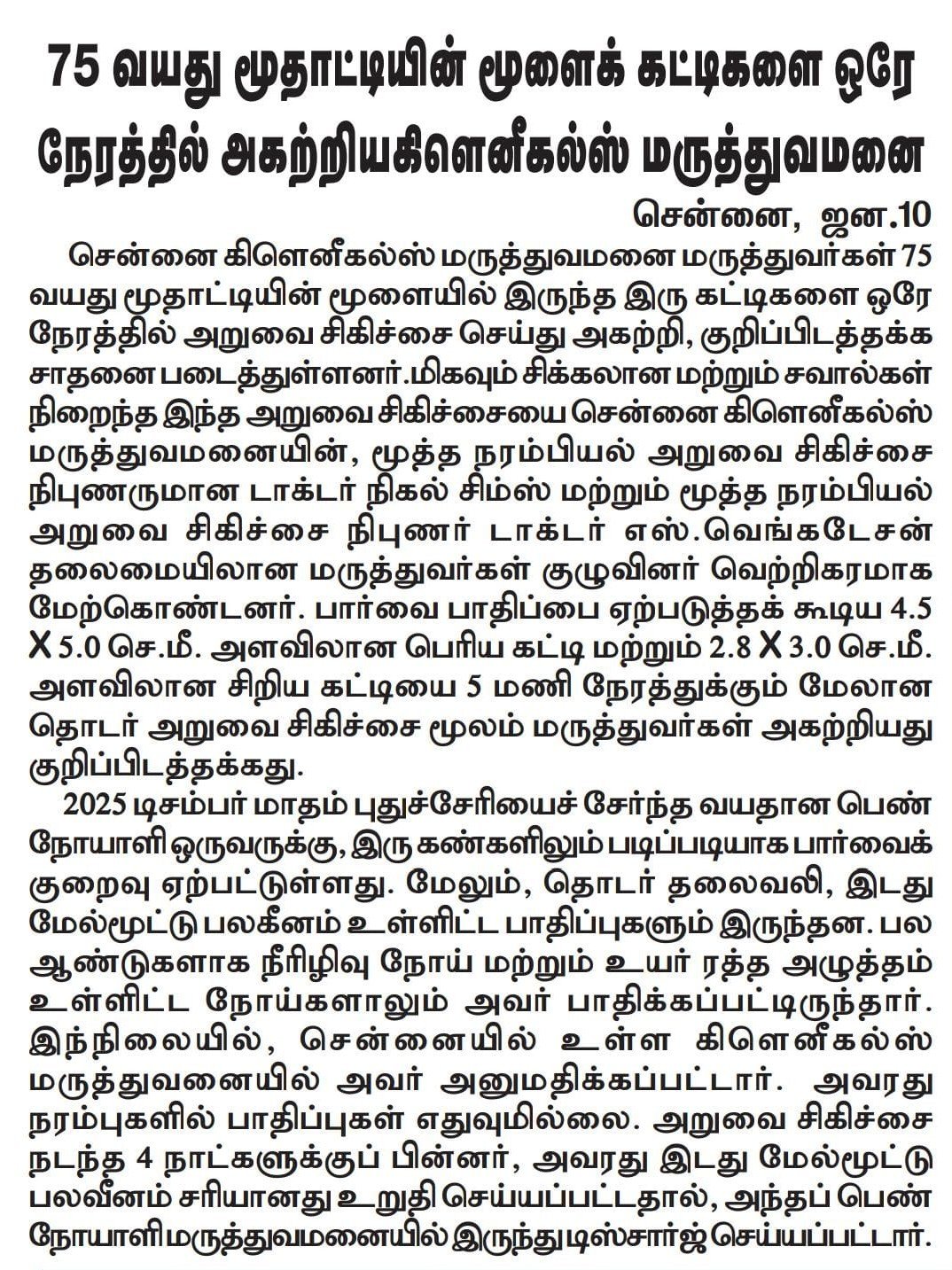Cranio Maxillofacial Surgery
Gleneagles Hospitals, also known as the top Cranio Maxillofacial Surgery Hospital in Chennai, is at the forefront of facial and jaw reconstruction. We specialise in diagnosing and treating various conditions affecting the head, neck, face, jaws, and oral structures, addressing functional and aesthetic concerns. Our comprehensive services cater to congenital and developmental disorders as well as craniofacial deformities like facial asymmetry, protrusion or deficiencies of jaws, cleft lip and palate and aesthetic facial surgical procedures.
We also provide expert care for soft tissue injuries and craniofacial fractures, which are treated using state-of-the-art techniques and an armamentarium.
At Gleneagles, we are dedicated to transforming lives by restoring smiles, confidence, and functionality. Embrace a brighter tomorrow with our trusted expertise.









